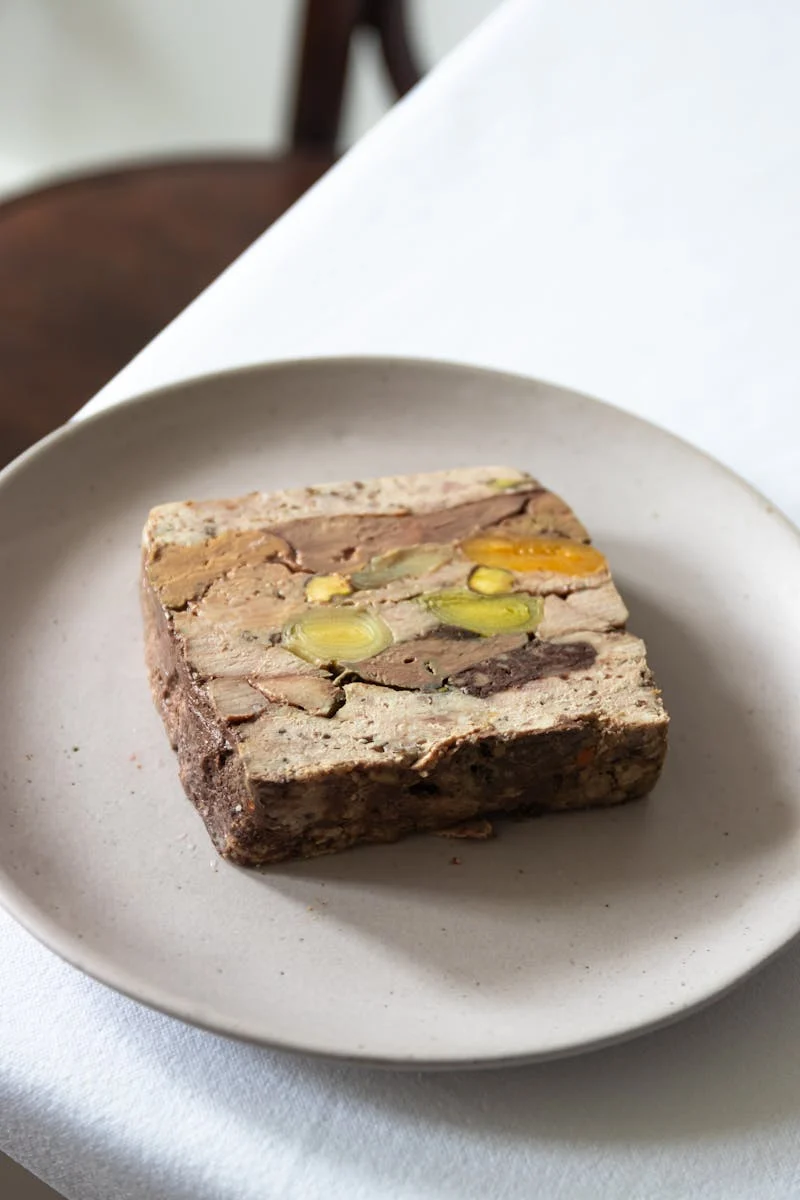Meatloaf Calories: The Ultimate Answer
Meatloaf is a hearty dish that is beloved for its rich flavor and homestyle comfort. Often made with ground meat, such as beef or pork, and a medley of ingredients including breadcrumbs, eggs, and seasonings, it's a classic staple in many diets. Understanding the calories in meatloaf is important for those monitoring their diet, aiming to maintain a healthy lifestyle, or managing their weight loss efforts. The calorie content can vary depending on the type of meat used and the addition of other ingredients.

Meatloaf is a hearty dish that is beloved for its rich flavor and homestyle comfort. Often made with ground meat, such as beef or pork, and a medley of ingredients including breadcrumbs, eggs, and seasonings, it's a classic staple in many diets. Understanding the calories in meatloaf is important for those monitoring their diet, aiming to maintain a healthy lifestyle, or managing their weight loss efforts. The calorie content can vary depending on the type of meat used and the addition of other ingredients.
The nutritional content of meatloaf extends beyond just calories; it also contributes protein, fats, and carbs to one’s diet. Portions are key when considering meatloaf’s place in a balanced diet. Serving sizes can have a significant impact on the calorie intake from this dish. For instance, a single slice may differ in calories depending on the thickness and the overall ingredients used. When prepared with leaner meats and additional vegetables, meatloaf can be incorporated into a diet regimen that supports health and wellness goals.
For those tracking their daily calorie consumption, being aware of the nutritional facts for different types of meatloaf is beneficial. Such information facilitates an informed choice that aligns with their dietary needs and preferences. Whether one is looking to reduce calorie intake or seeking a more nutritious version of this traditional dish, considering factors such as meat type, portion size, and preparation methods is essential.
Nutritional Breakdown of Meatloaf
Meatloaf is a traditional dish that offers a blend of macronutrients and micronutrients, with variations across different recipes. Its nutritional content largely depends on the ingredients used, particularly the type of meat.
Average Calorie Content in Meatloaf
A typical medium slice of beef meatloaf contains about 220 calories. However, calorie content can vary depending on the ingredients and serving size. For a lighter option, a meatloaf made with turkey or chicken might have fewer calories due to their lower fat content.
Protein, Carbs, and Fats
Meatloaf is a good source of protein, with an average of 32% protein content. It also contains carbohydrates (13%) and a significant level of total fat (55%), which includes saturated fat, trans fat, polyunsaturated fat, and monounsaturated fat. The exact fat composition can vary with different types of meats and additional ingredients.
Vitamins and Minerals in Meatloaf
Meatloaf can be a source of several vitamins and minerals such as vitamin D, calcium, potassium, iron, vitamin A, and vitamin C. The levels of these nutrients can be increased by incorporating ingredients like fortified breadcrumbs or vegetables.
Variations in Meatloaf Recipes
Different recipes can alter the nutritional profile of meatloaf. Additions like fiber-rich oats, or vegetables, can increase the dietary fiber content, while reducing sodium and cholesterol could be achieved through careful selection of ingredients and seasonings. Daily values of nutrients will vary based on specific recipes and individual dietary choices.
Comparative Analysis of Meatloaf
Meatloaf is a versatile dish where calorie content and nutritional value can fluctuate based on the ingredients and preparation methods used.
Comparison by Meat Type
When it comes to meat types, the choice can have a significant impact on the calorie count. Traditional ground beef based meatloaf averages about 220 calories per medium slice. In contrast, using ground turkey might result in a lower calorie count as it generally contains fewer calories than beef. Ground pork or veal can alter the fat content and consequently, the calorie count. One can find a detailed breakdown of nutrition facts using a calorie counter or consulting a reputable food database.
- Lean Ground Beef: Approximately 250 calories per 3-ounce serving.
- Ground Turkey: Generally lower in calories compared to beef; specifics depend on the fat ratio.
- Pork/Veal: Higher in calories; often more flavorful hence might reduce the need for additional calorie-rich seasonings.
Store-Bought vs Homemade Meatloaf Varieties
Store-bought options such as Stouffer's meatloaf or options from restaurants like Houlihan's and Ted's Montana Grill, which offers a bison meatloaf, carry varying calorie counts. For instance, a typical serving size of Whole Foods Market turkey meatloaf may present a different calorie profile than Golden Corral's meatloaf due to differences in ingredients, such as the amount of breadcrumbs, eggs, and mix-ins like onions and garlic.
- EveryPlate Smothered & Stuffed Meatloaves: Emphasizes hearty portions, potentially implying higher calorie counts.
- Homemade Varieties: Gives the flexibility to control portion sizes and ingredient choices for a balanced meal.
Healthier Meatloaf Alternatives
For those seeking a healthier meatloaf, there are substitutes and ingredient swaps that can be made without sacrificing flavor. Incorporating vegetables and whole grains, or using leaner meats like venison or extra lean ground beef reduces calorie content. Substitutes such as quinoa or lentils can also provide a meatless option rich in vitamins, reducing the calorie count further. Mini meatloaves made with mashed bananas or applesauce instead of some of the fat can add moisture and nutrients with fewer calories.
- Vegetarian Meatloaf: A combination of lentils, quinoa, and various vegetables bound with breadcrumbs or eggs.
- Meatloaf with Added Vegetables: Reduces meat portions while enhancing vitamins and fiber.
Seasonings, herbs, and spices are calorie-free ways to add flavor, allowing the reduction of high-calorie mix-ins. Leftover meatloaf can be repurposed into salads or meatballs, which can diversify meal plans and maintain portion control.
Want more posts like this?Sign up for our FREE newsletter →